Our gut health is vital to our all round health and wellbeing. If you thought that gut health was just about digestion, think again. You may not know this but the gut has important connections to many areas of health. These span from mood to immunity, women’s health, brain health and much more..
In this article we’re going to explore:
Which areas of health are connected to the gut
Why it’s important to maintain good gut health
Different types of gut health supplements - probiotics, prebiotics and postbiotics.
What is the microbiome? Foods to support gut health
Which areas of health are connected to the gut and how can we support them?
Immunity & gut health
Did you know that around 70 to 80% of our immune cells are in the gut?
Scientists are discovering that a healthy gut microbiome has close links to a healthy immune system 1 .
The gut microbiome is in constant communication with the immune system, influencing its maturation and performance. For example, gut bacteria can help the immune system to learn what is harmless, like food, and what is not. It also has the role of training and educating the immune cells to respond to antigens. 2 .
Dysbiosis is when the gut microbiome is unbalanced and not working properly. It is linked to autoimmune diseases such as rheumatoid arthritis, IBS, asthma or skin eczema, for example 3 .
Mood & gut health
When we are stressed, depressed or experiencing low mood it is not uncommon to experience gut symptoms at the same time.
Scientists often refer to the gut as the ‘second brain’ due to the connection to our actual brain.
Researchers are discovering when people suffer with physical issues such as bloating, stomach pain, gas, constipation or diarrhoea, the gut is sending signals to the brain, triggering low mood.
Many people who suffer with chronic bowel conditions also suffer with mental health conditions such as anxiety and depression.
There appears to be an overlap between depression, migraine and IBS( 4 , 5 ). People with IBS suffer from depression more often than average( 6 ) and people with migraines suffer more often from IBS( 7 ). In addition, people with migraine are more likely to be depressed and vice versa( 5 ). An unbalanced microbiome plays a role in all three conditions.
Women’s health
Men and women seem to have differences in their gut microbiome ( 8 ). For example, women are reported to have lower abundance of bacteroides but a higher diversity than males.
There are certain diseases that affect women such as PCOS, cervical cancer and breast cancer. Changes in the gut microbiome have been spotted when compared with women without these conditions. During pregnancy and menopause there are changes to the bacteria in the microbiome; this not only includes a different diversity of bacteria but can also affect sensitivity to pathogens.
What is the microbiome?
Our bodies don't just contain our cells, but also hold a huge number of microbes. The current estimation is about 100 trillion bacterial cells! ( 9 ). This collection of microbes is called the ‘human microbiome’.
Every part of our body that is open to air has a microbiome. This includes the skin, mouth and hair. But the one we know the most about is the gut microbiome. It contains the largest, densest and more diverse community of microbes in the human body ( 9 ).
Our gut microbiome is a hugely complex ecosystem made up of bacteria, viruses, and different microbes. About 150 bacteria species can predominate, getting benefits from the nutrient-rich environment of the gut and performing protective, metabolic and structural functions ( 10) .
Our microbiome is unique to each of us. Studies done in identical twins have shown that even when you share the same DNA and are virtually a clone of each other, you can still have different microbiome composition 11 .
We start acquiring our microbiome when we are born. It is thought that within the first 12-36 months of our lives, the general overall composition of our microbiome is defined 12 .
Our microbiome is a ‘living organ’ and is in constant change. Children have different ratios and species of bacteria compared to adults. As we get older, we tend to lose microbial diversity.
Where we live, what we eat, whether we do sport or even whether we have pets will all influence our microbiome 13 .
A healthy microbiome
Our gut microbiome has a range of microbes.
Some are classified as ‘friendly’, so higher numbers of these are usually linked to better health. Others are classified as ‘bad’ so higher numbers of these are usually linked to worse health.
Friendly or ‘good’ bacteria are the ones we want to have the most of. They include types such as Bifidobacterium, Lactobacillus or Prevotella 15 . These will thrive on a diet that is varied and high in plant-based foods, which are rich sources of fibre and nutrients.
Eating lots of highly processed and unhealthy foods, rich in sugar and low in fibre, will help the ‘bad’ bacteria to grow. This typically includes bacteria like E.coli or Clostridium.
An imbalance between the good and bad bacteria is called ‘dysbiosis’.
Dysbiosis has been potentially linked to many non-infectious chronic diseases, including chronic inflammation in the body, which can disrupt the immune system making us more susceptible to illness.
Medication & the microbiome
Certain medicines such as antibiotics can have a negative effect on our microbiome. Whilst antibiotics are effective treatments for fighting infections, they reduce the numbers and diversity of bacteria in your gut.
They can’t differentiate between ‘good’ and ‘bad’ bacteria and disrupt the delicate balance of the microbiome.
It can take a while, sometimes years, for the gut microbiome to return to normal after a course of antibiotics so you may want to give it a helping hand.
Other medications can also affect the microbiome. For example, long term use of PPIs (proton pump inhibitors), often prescribed to treat reflux and gastric ulcers, has been linked to changes in the microbiome with increased levels of unfriendly bacteria such as Clostridium or E.coli 16.
We are also learning how the gut bacteria can affect how some medications work. Levodopa (a drug used to treat Parkinson’s Disease) can be affected by certain types of bacteria, decreasing its bioavailability and therefore its efficacy 17 .
It is important to eat prebiotic foods which literally ‘feed’ your gut, to encourage good bacteria to grow again. These include fruit, leafy vegetables, legumes, nuts and seeds which all contain fibre to feed and encourage gut flora to thrive.
You may also want to take a probiotic supplement at the same time as your course of antibiotics or consume more naturally fermented foods.
Probiotic, Prebiotic and Postbiotic Supplements
You might have heard the terms ‘probiotic, postbiotic and prebiotic but not know exactly what these are. The shops are flooded with different supplements all claiming to transform your gut health or rid you of nasty symptoms. As it can be a bit complex subject, thinking of your gut microbiome as a garden can help us understand it a bit more.

Think of probiotics as the seeds and plants needed to establish a healthy gut ecosystem.
Prebiotics are the fertilisers needed to nourish beneficial bacteria.
Postbiotics are the beneficial compounds and byproducts produced by these bacteria, which contribute to gut health and overall wellbeing, much like harvested produce and compost enrich a garden.
Prebiotics
Prebiotics are defined as ‘non-digestible food ingredients that beneficially stimulate the growth and/or activity of gut bacteria’ 18. .
Fibre is an ingredient that can be fermented by bacteria in our gut.
It is an important part of our diet, despite the fact that we can't actually digest or absorb it. Higher dietary fibre intake is associated with a higher microbial diversity in the gut.
The Western diet is known to be high in animal protein and starch and low in fibre. That means that most of us only get about half of the amount of fibre we should be eating. This has been linked to decrease in diversity in human gut microbiota and with the increase in chronic diseases such as obesity, cardiovascular disease or type 2 diabetes 19. .
While not all fibres can be classified as prebiotics, most prebiotics will be classified as dietary fibres.
Common prebiotics include:
Inulin
Inulin is one of the oldest prebiotics. As a supplement, it is usually derived from chicory root or from Jerusalem artichoke.
The main issue with inulin is that you need to eat quite a lot to have a beneficial effect, which is directly linked to its unwanted side effects of flatulence and gas.
FOS(fructo-oligosaccharides)
FOS are a form of carbohydrate naturally derived from plants such as onion, chicory, garlic, artichokes and bananas 20 . They are a type of soluble fibre and have lots of health benefits that include stimulating growth of gut flora. Interestingly, FOS are now being added to products such as baby formula due to their prebiotic effect.
GOS (galacto-oligosaccharides)
GOS are derived from lactose, the sugar existing in milk 21 . GOS can greatly stimulate Bifidobacteria and Lactobacilli growth, bacteria types that are beneficial for us and play a big role in supporting a healthy microbiome.
Prebiotics are food for the bacteria in the gut. Many beneficial bacteria such as Bifidobacterium, Lactobacillus or Prevotella use prebiotics to produce beneficial molecules, including some called SCFA (short-chain fatty acids).
They will be metabolised (fermented) by different bacteria, depending on the length and type of carbohydrate chain 22 .
The best way to increase our microbiome diversity is by having a varied diet, rich in plant-based products to give us a higher dose of fibre. We should aim for at least 25-30 grams of fibre daily. Failing that, taking prebiotic supplements can be a good and easy way to support your gut bacteria.
Probiotics
Probiotics are defined as ‘live microorganisms that, when administered in adequate amounts, confer a health benefit on the host’ (ISAPP).
Probiotic supplements work by introducing strains of live beneficial bacteria into the gut. This helps to replenish and maintain a healthy balance of microorganisms in the microbiome. They will also prevent ‘bad’ bacteria from growing, a bit like putting new plants on a bed to prevent weeds growing on it.
Probiotics can help:
- Your immune system to function properly
- Aid digestion by helping break down foods that are difficult to digest
- Keep harmful bacteria or organisms in check
- Help the absorption of nutrients
- Help manage symptoms of allergies and conditions such as IBS and colitis
Probiotic supplements contain live bacteria that are created by a fermentation process. They are designed to survive the journey through the digestive system into the gastrointestinal tract. Not all probiotics are created equally and specific strains of live bacteria are used to target different areas of health such as traveller’s diahorrea, menopause, mood or immunity. There is no ‘one size fits all’ when it comes to probiotics.
What should I look out for when choosing a probiotic supplement?
- The first thing to bear in the mind is that not all probiotic supplements are equal.
- Certain strains of live bacteria target specific areas of health. For example some will work for traveller’s diahorrea while others will be more suitable for menopause. It is unlikely that one probiotic can ‘do it all’. Look for a probiotic supplement that contains multiple strains.
- Look out for probiotics that have scientific studies and research to back their claims. A high quality supplement will have been tested and scientifically validated in numerous clinical trials and studies.
- The live bacteria must be able to survive long enough to reach your gut or they will have no effect (intestinal survivability).
- How many CFUs or colony forming units the probiotic supplement has. This is how many live and active microorganisms there are in a dose of a probiotic supplement per gram or millilitre. It is generally thought that the higher the CFU, the better. Most probiotic supplements contain between one and 10 billion CFUs but it is more important to look at how likely they are to survive once they reach your digestive system.
Postbiotics
Postbiotics are defined as ‘a preparation of inanimate microorganisms and/or their components that confers a health benefit on the host’ 23
What this means is that they are dead microbes, or part of dead microbes, that can have a beneficial effect on our health.
Postbiotics are still quite ‘new kids on the block’, so we are still learning what exactly they are and most importantly, how can they help if they are dead.
Postbiotics can help to modulate the gut microbiome by producing molecules that can be used by the existing gut bacteria to grow, or by getting rid of some of the harmful substances that bad bacteria produce 24 .
Additionally, they can also have a beneficial effect on our health without directly affecting the gut microbiome composition, mainly by supporting our immune system through those molecules 25 .
Microbes extracts
Some postbiotic supplements are made with dead microbes. The microbes are grown and subsequently killed with heat, after which the cells, or parts of them, will be collected and prepared into powders.
While the number of bacterial-derived postbiotics in the market is growing, yeast-derived postbiotics, made with fermented baker’s yeast extract (Saccharomyces cerevisiae), have a long history of use as cow or poultry feed, amongst others 27 .
Fermented yeast extracts are made by growing the yeast in a specific fermentation media, so that the yeast will create specific metabolites, including SCFAs 2 . As mentioned above, SCFAs have been shown to support gut health. Moreover, there is growing evidence that beta-glucans present in the yeast cell walls can help with immune system modulation and help train our immune cells to provide a better response 29 .
Gut Friendly Foods
There are many food products on the market that claim to be ‘gut friendly’ such as special drinks and yoghurts.
However, the best types of foods for your gut are those that have been fermented and contain live bacteria.
Fermented foods contain live bacteria that thrives in the gut once you consume these foods, helping to support a healthy microbiome. Some truly gut healthy foods include:
Kimchi - a traditional Korean dish made from pickled cabbage, radish and vegetables that have been salted and fermented. If cannot not make your own, opt for the type that can be found in the chilled section of the supermarket.
Kefir - a drink made from fermented milk. Opt for a natural, unflavoured variety with the least amount of added ingredients.
Kombucha - a fermented drink made from tea, sugar and bacteria cultures.
Sauerkraut - Raw fermented cabbage that is brined to help produce the beneficial bacteria.
Yoghurt - most types of yoghurt will encourage a diverse microbiome. Try to go for a variety with the least amount of ingredients, no sugar or artificial flavouring.
Miso - a firm staple in Japanese cuisine, miso is made from fermented soy beans with added koji, salt and sugar. It makes a delicious soup when mixed with hot water but can also be added to lots of other dishes.
Summary
Maintaining a healthy gut microbiome is vital to maintain our overall health. The gut is linked to many health areas from immunity to mood and digestion.
There are many factors involved in supporting gut health including good nutrition, exercise, sleep and high quality supplements, which all play a part.
References
1. Wiertsema SP, van Bergenhenegouwen J, Garssen J, Knippels LMJ. The Interplay between the Gut Microbiome and the Immune System in the Context of Infectious Diseases throughout Life and the Role of Nutrition in Optimizing Treatment Strategies Nutrients. 2021;13(3):886.
2. Zhou P, Chen C, Patil S, Dong S Unveiling the therapeutic symphony of probiotics, prebiotics, and postbiotics in gut-immune harmony. Front Nutr. 2024;11:1355542.
3. Vijay A, Valdes AM. Role of the gut microbiome in chronic diseases: a narrative review. Eur J Clin Nutr. 2022;76(4):489-501.
4. Lantéri-Minet M, Radat F, Chautard MH, Lucas C. Anxiety and depression associated with migraine: influence on migraine subjects' disability and quality of life, and acute migraine management. Pain. 2005;118(3):319-326.
5. Amoozegar F. Depression comorbidity in migraine. Antioxidants (Basel). Int Rev Psychiatry. 2017;29(5):504-515.
6. Zamani M, Alizadeh-Tabari S, Zamani V. Systematic review with meta-analysis: the prevalence of anxiety and depression in patients with irritable bowel syndrome. Aliment Pharmacol Ther. 2019;50(2):132-143.
7. Wongtrakul W, Charoenngam N, Ungprasert P. Increased prevalence of irritable bowel syndrome in migraine patients: a systematic review and meta-analysis. Nutrients. 2021 Feb 21;13(2):690. doi: 10.3390/nu13020690.
9. FAQ: Human Microbiome. Washington (DC): American Society for Microbiology; 2013. Available from: https://www.ncbi.nlm.nih.gov/books/NBK562894/ doi: 10.1128/AAMCol.1-2013.
10. Cani PD. Human gut microbiome: hopes, threats and promises. Gut. 2018;67(9):1716-1725.
11. Turnbaugh PJ, Hamady M, Yatsunenko T, et al. core gut microbiome in obese and lean twins. Nature. 2009;457(7228):480-484.
12. Laue HE, Coker MO, Madan JC. The Developing Microbiome From Birth to 3 Years: The Gut-Brain Axis and Neurodevelopmental Outcomes. Front Pediatr. 2022;10:815885
13. Panthee B, Gyawali S, Panthee P, Techato K. Environmental and Human Microbiome for Health. Life (Basel). 2022;12(3):456.
14. Bäckhed F, Ley RE, Sonnenburg JL, Peterson DA, Gordon JI. Host-bacterial mutualism in the human intestine. Science. 2005;307(5717):1915-1920.
15. Zhang YJ, Li S, Gan RY, Zhou T, Xu DP, Li HB. Impacts of gut bacteria on human health and diseases. Int J Mol Sci. 2015;16(4):7493-7519
16. Imhann F, Bonder MJ, Vich Vila A, et al. Proton pump inhibitors affect the gut microbiome. Gut. 2016;65(5):740-748.
17. van Kessel SP, Frye AK, El-Gendy AO, et al. Gut bacterial tyrosine decarboxylases restrict levels of levodopa in the treatment of Parkinson's disease. Nat Commun. 2019;10(1):310.
18. Gibson GR, Hutkins R, Sanders ME, et al. Expert consensus document: The International Scientific Association for Probiotics and Prebiotics (ISAPP) consensus statement on the definition and scope of prebiotics. Nat Rev Gastroenterol Hepatol. 2017;14(8):491-502.
19. Deehan EC, Walter J. The Fiber Gap and the Disappearing Gut Microbiome: Implications for Human Nutrition. Trends Endocrinol Metab. 2016;27(5):239-242.
20. Sabater-Molina M, Larqué E, Torrella F, Zamora S. Dietary fructooligosaccharides and potential benefits on health. J Physiol Biochem. 2009;65(3):315-328.
21. Davani-Davari D, Negahdaripour M, Karimzadeh I, et al. Prebiotics: Definition, Types, Sources, Mechanisms, and Clinical Applications. Foods. 2019;8(3):92.
22. Holscher HD. Dietary fiber and prebiotics and the gastrointestinal microbiota. Gut Microbes. 2017;8(2):172-184.
23. Salminen S, Collado MC, Endo A, et al. The International Scientific Association of Probiotics and Prebiotics (ISAPP) consensus statement on the definition and scope of postbiotics.Nat Rev Gastroenterol Hepatol. 2021;18(9):649-667.
24. Ji J, Jin W, Liu SJ, Jiao Z, Li X. Probiotics, prebiotics, and postbiotics in health and disease. MedComm (2020). 2023;4(6):e420.
25. Żółkiewicz J, Marzec A, Ruszczyński M, Feleszko W. Postbiotics-A Step Beyond Pre- and Probiotics. Nutrients. 2020;12(8):2189.
26. Silva YP, Bernardi A, Frozza RL. The Role of Short-Chain Fatty Acids From Gut Microbiota in Gut-Brain Communication. Front Endocrinol (Lausanne). 2020;11:25.
27. Ganda E, Chakrabarti A, Sardi MI, et al. Saccharomyces cerevisiae fermentation product improves robustness of equine gut microbiome upon stress. Front Vet Sci. 2023;10:1134092.
28. Duysburgh C, Miclotte L, Green JB, et al. Saccharomyces cerevisiae derived postbiotic alters gut microbiome metabolism in the human distal colon resulting in immunomodulatory potential in vitro. Front Microbiol. 2024;15:1358456.
29. De Marco Castro E, Calder PC, Roche HM. β-1,3/1,6-Glucans and Immunity: State of the Art and Future Directions. Mol Nutr Food Res. 2021;65(1):e1901071.







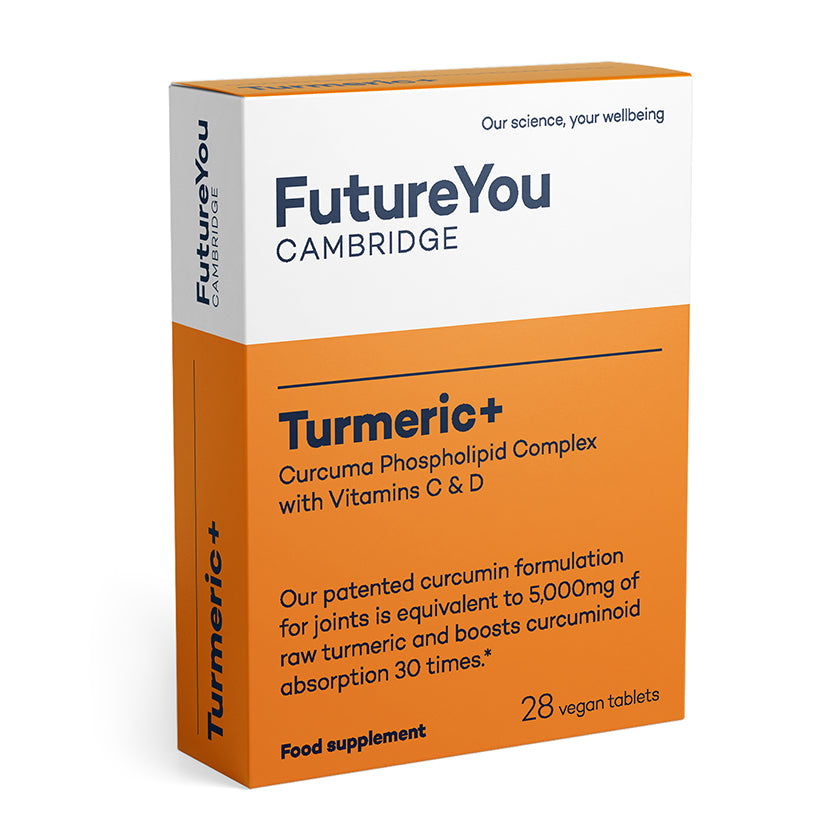
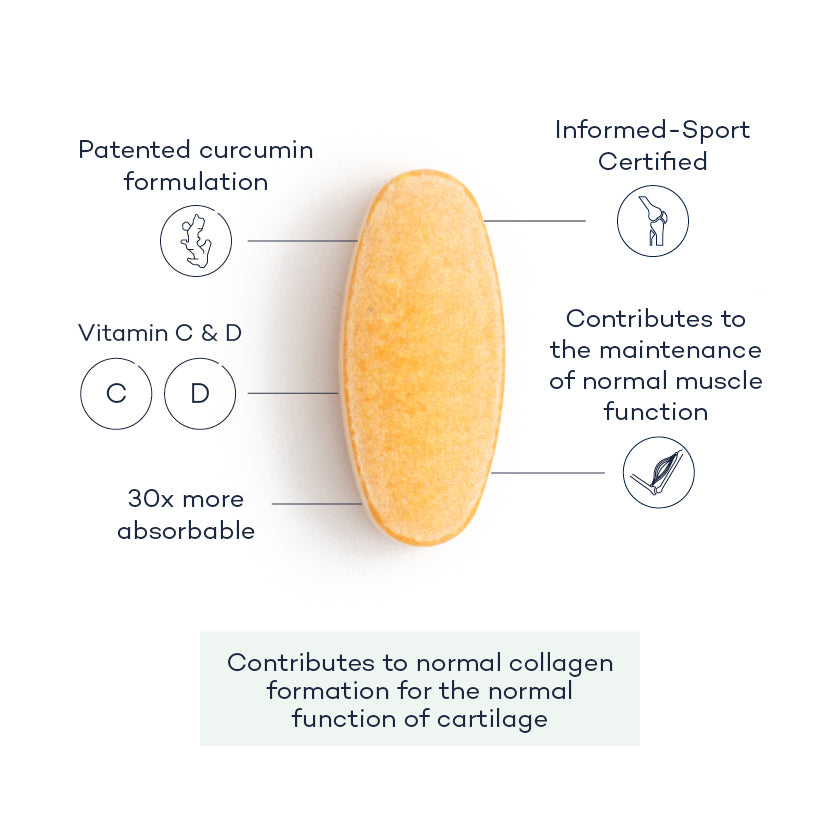
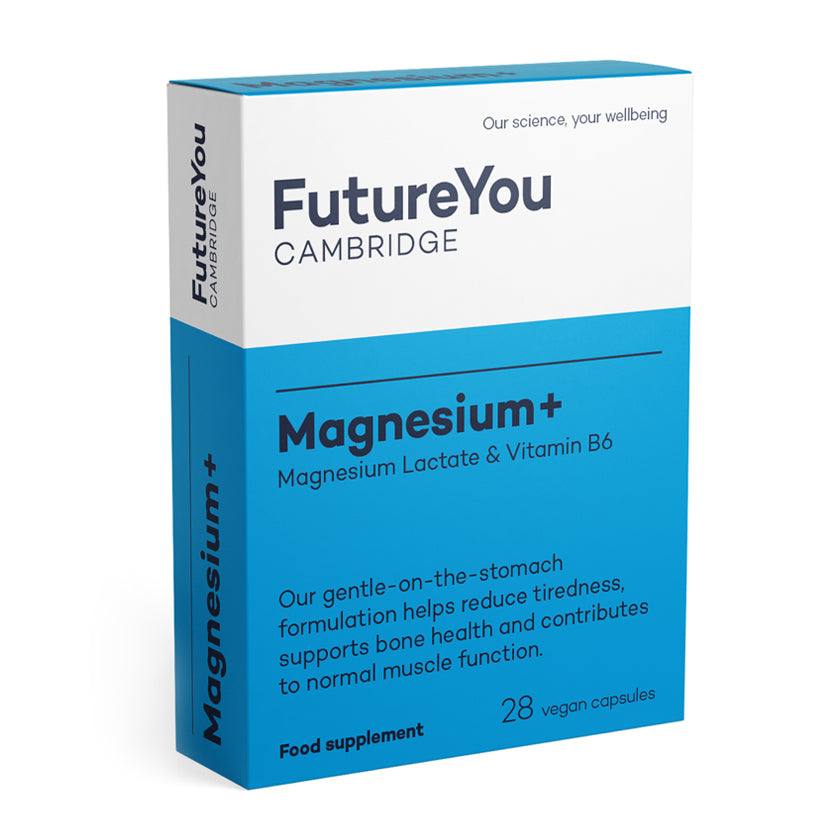
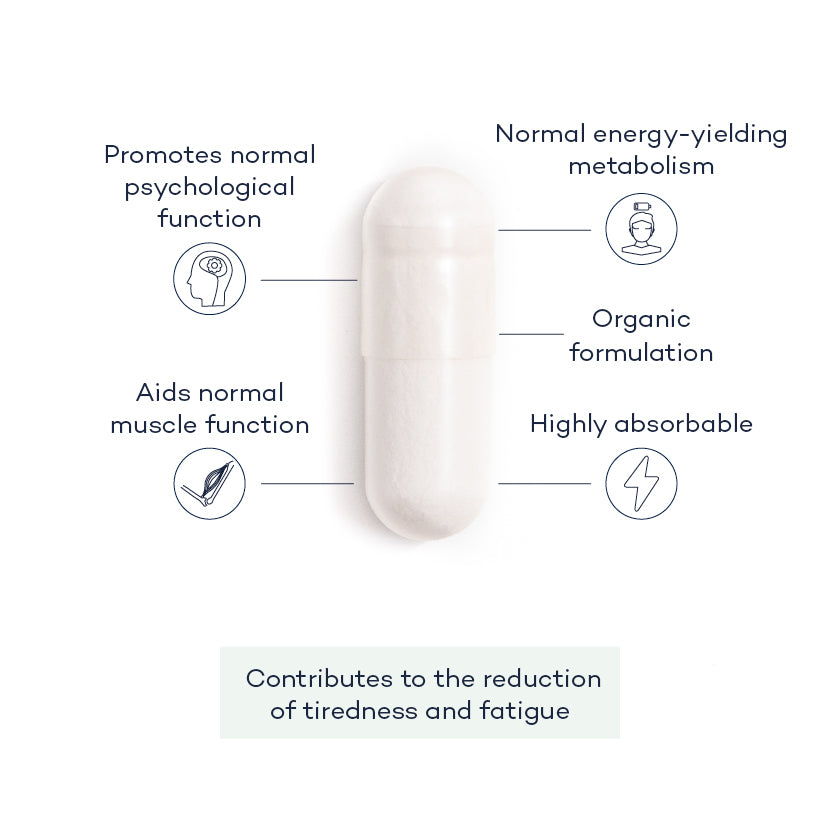
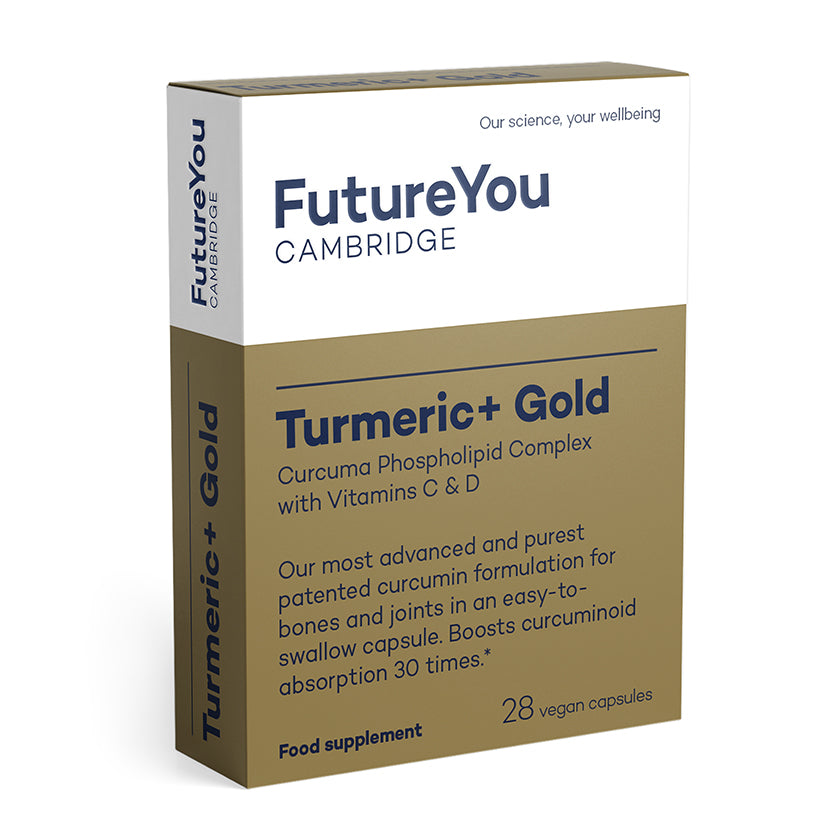
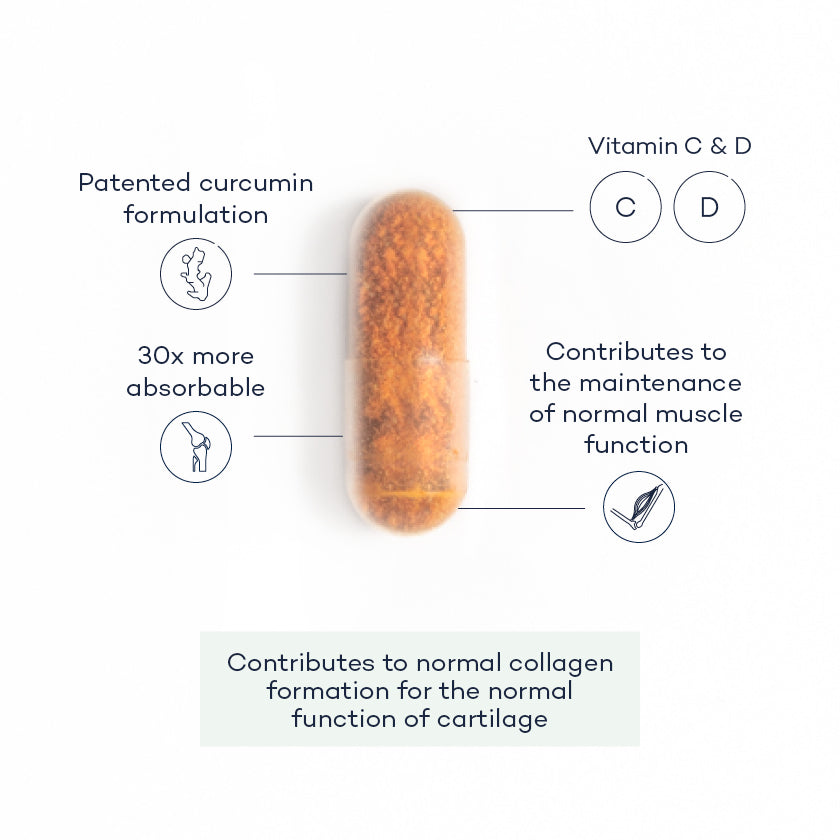
Leave a comment
All comments are moderated before being published.
This site is protected by hCaptcha and the hCaptcha Privacy Policy and Terms of Service apply.